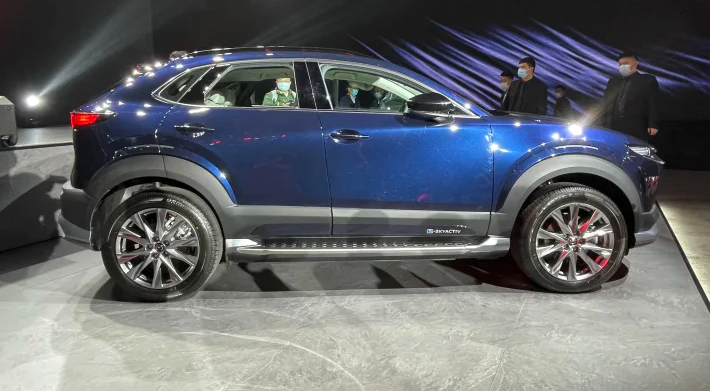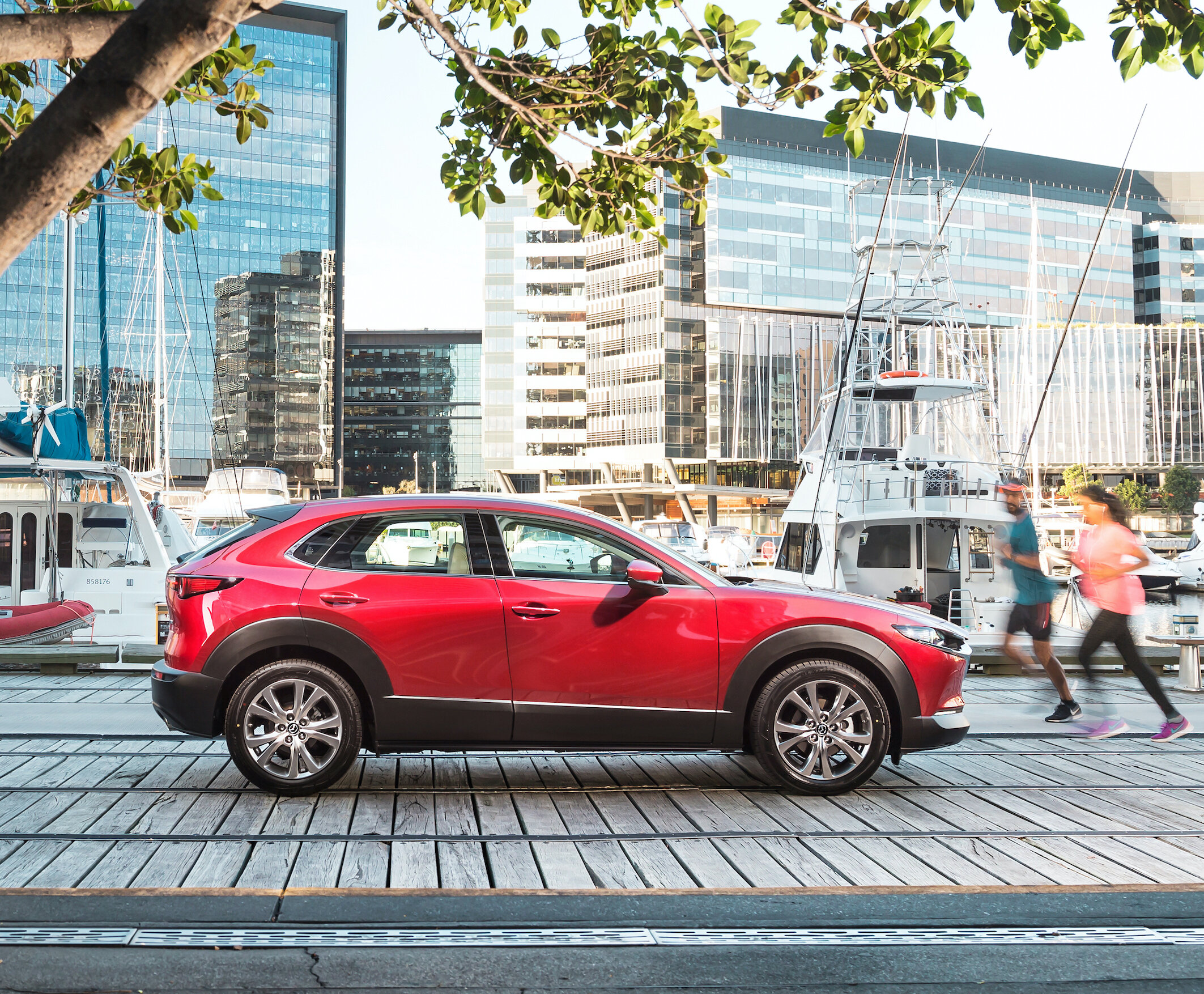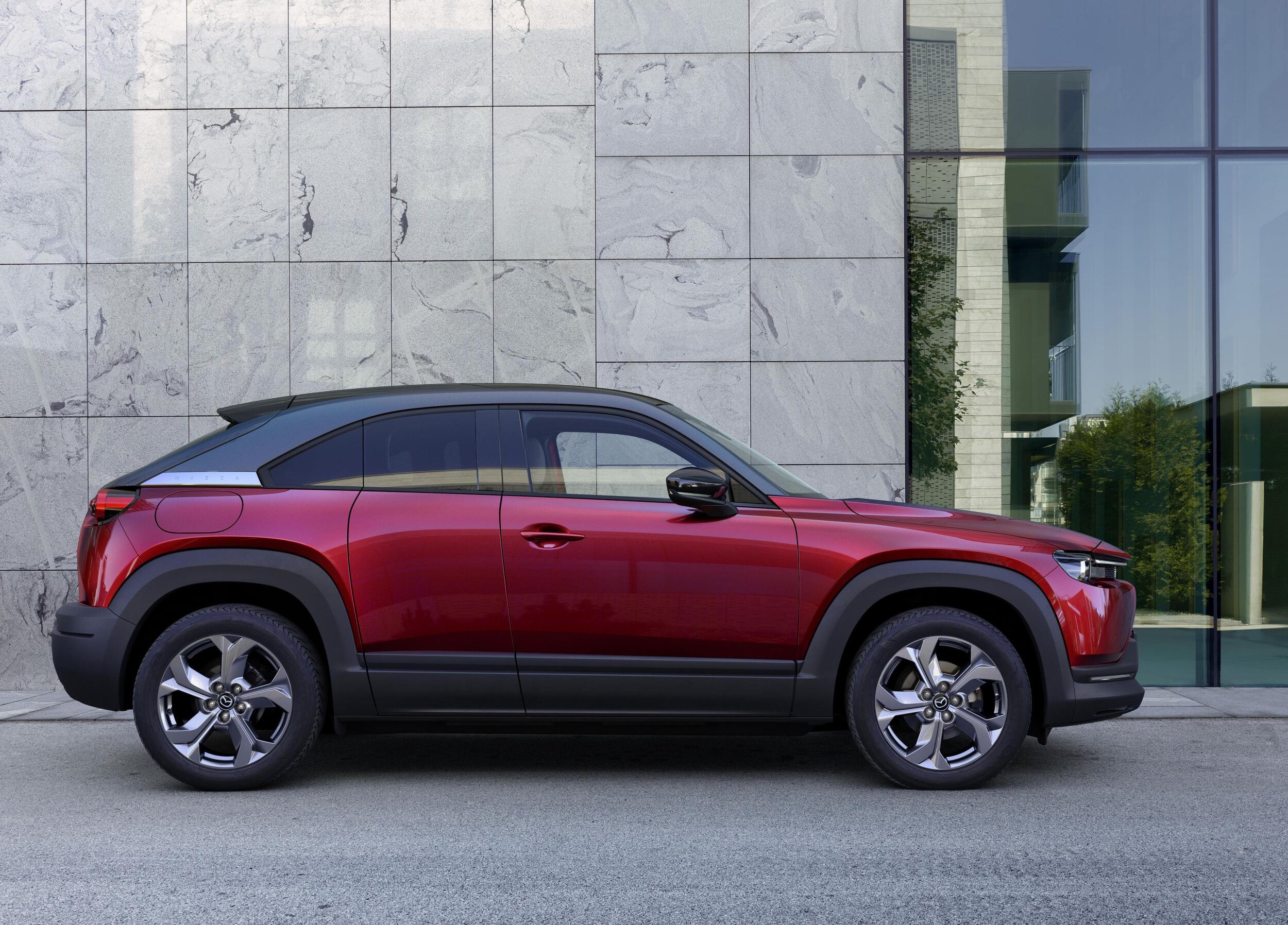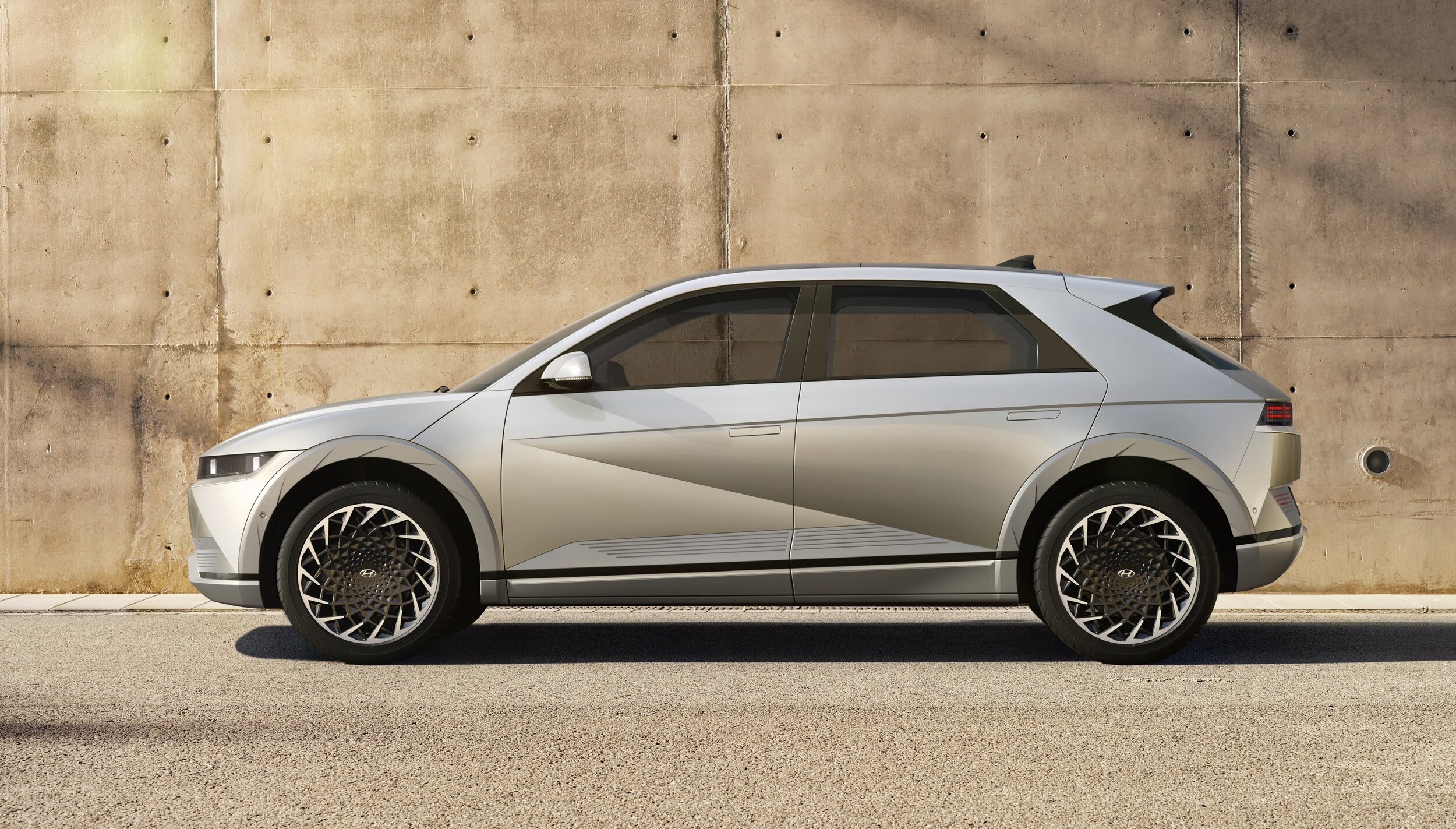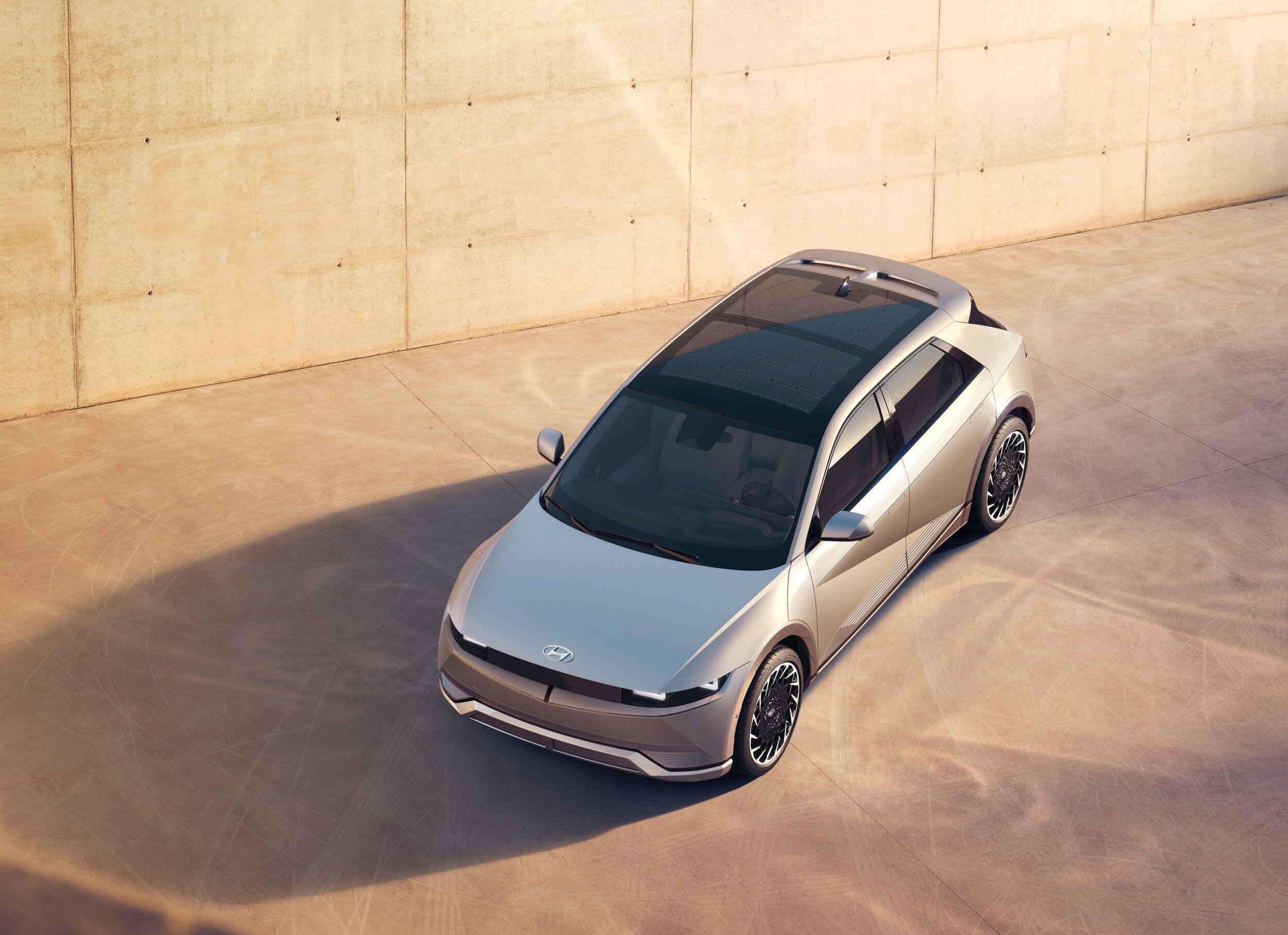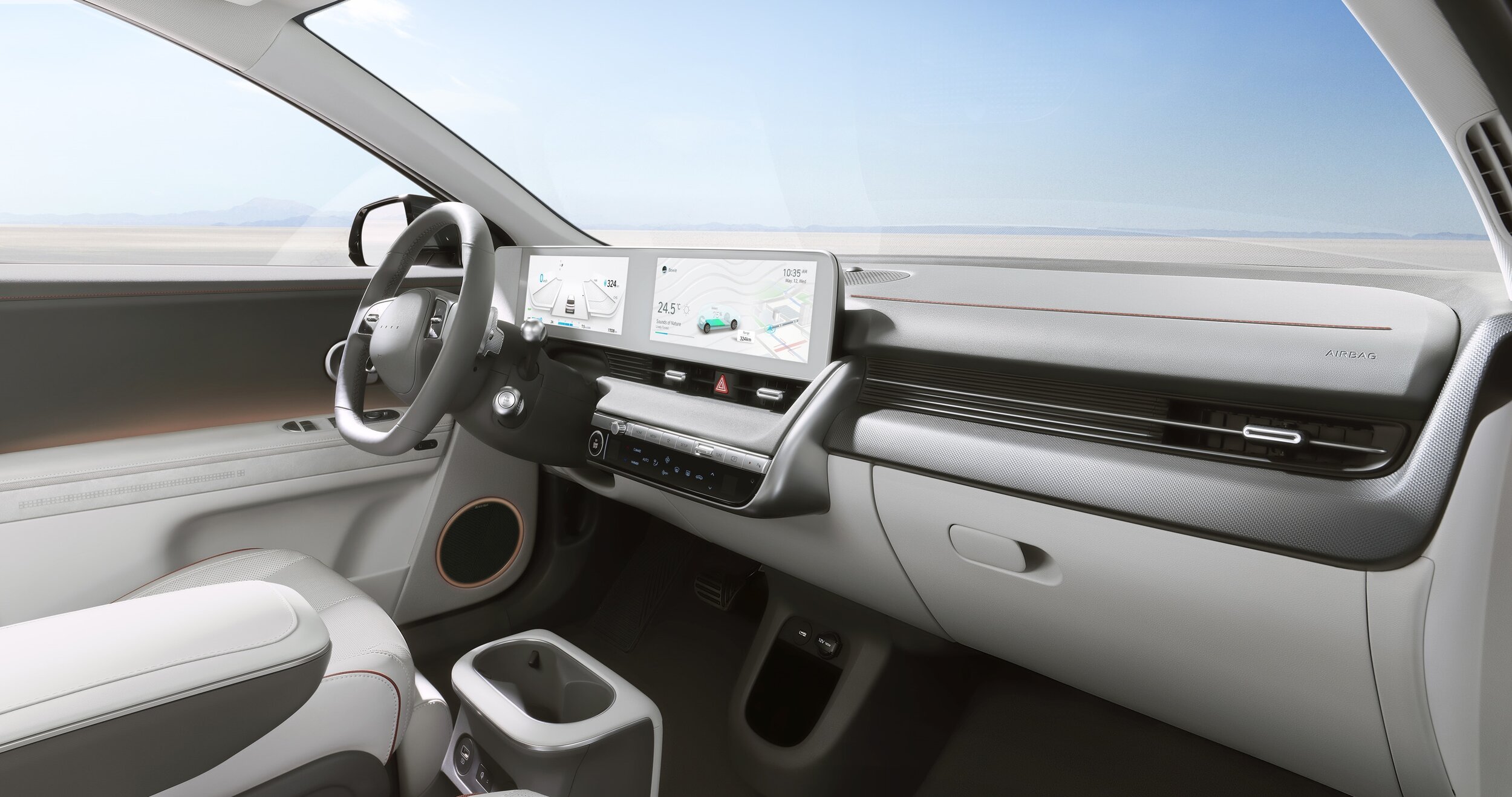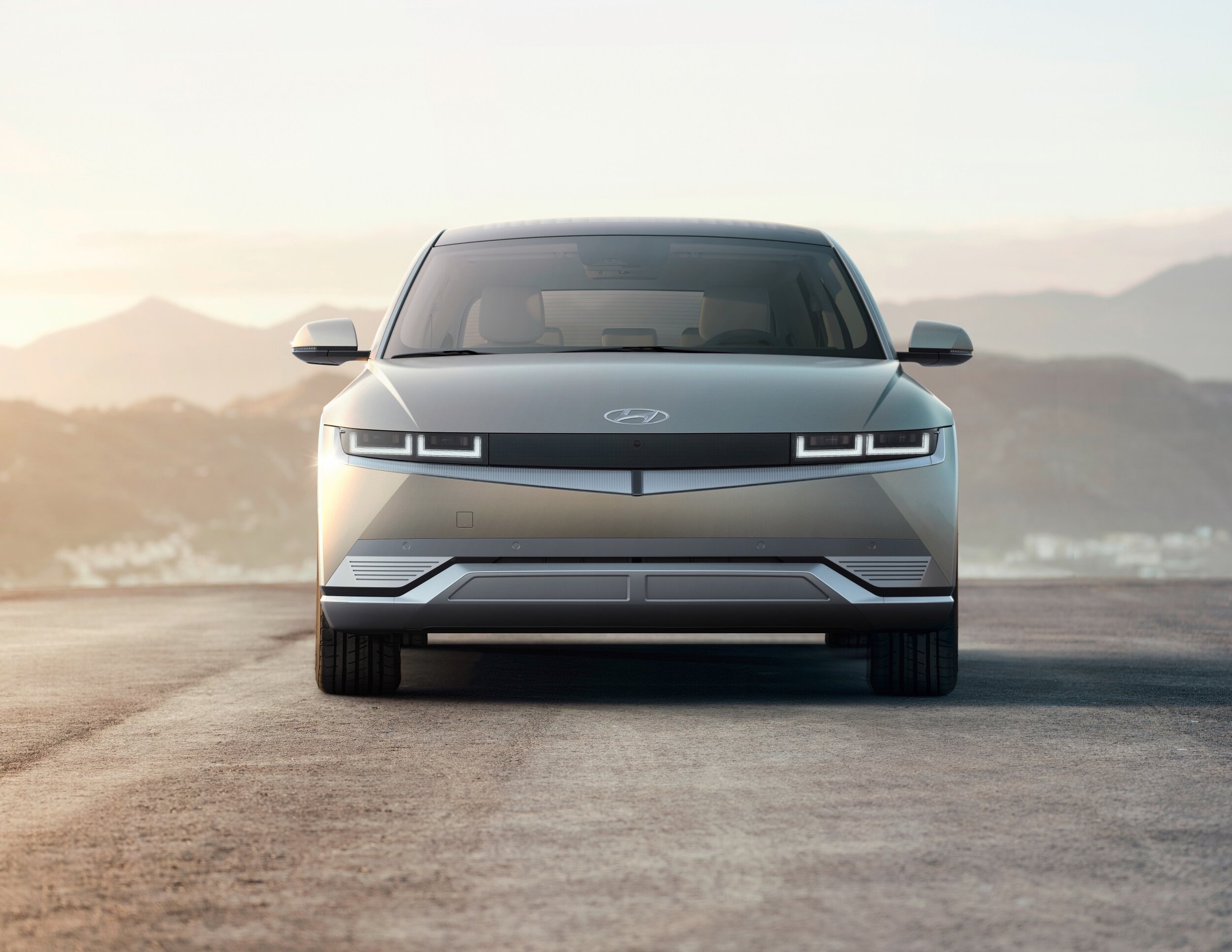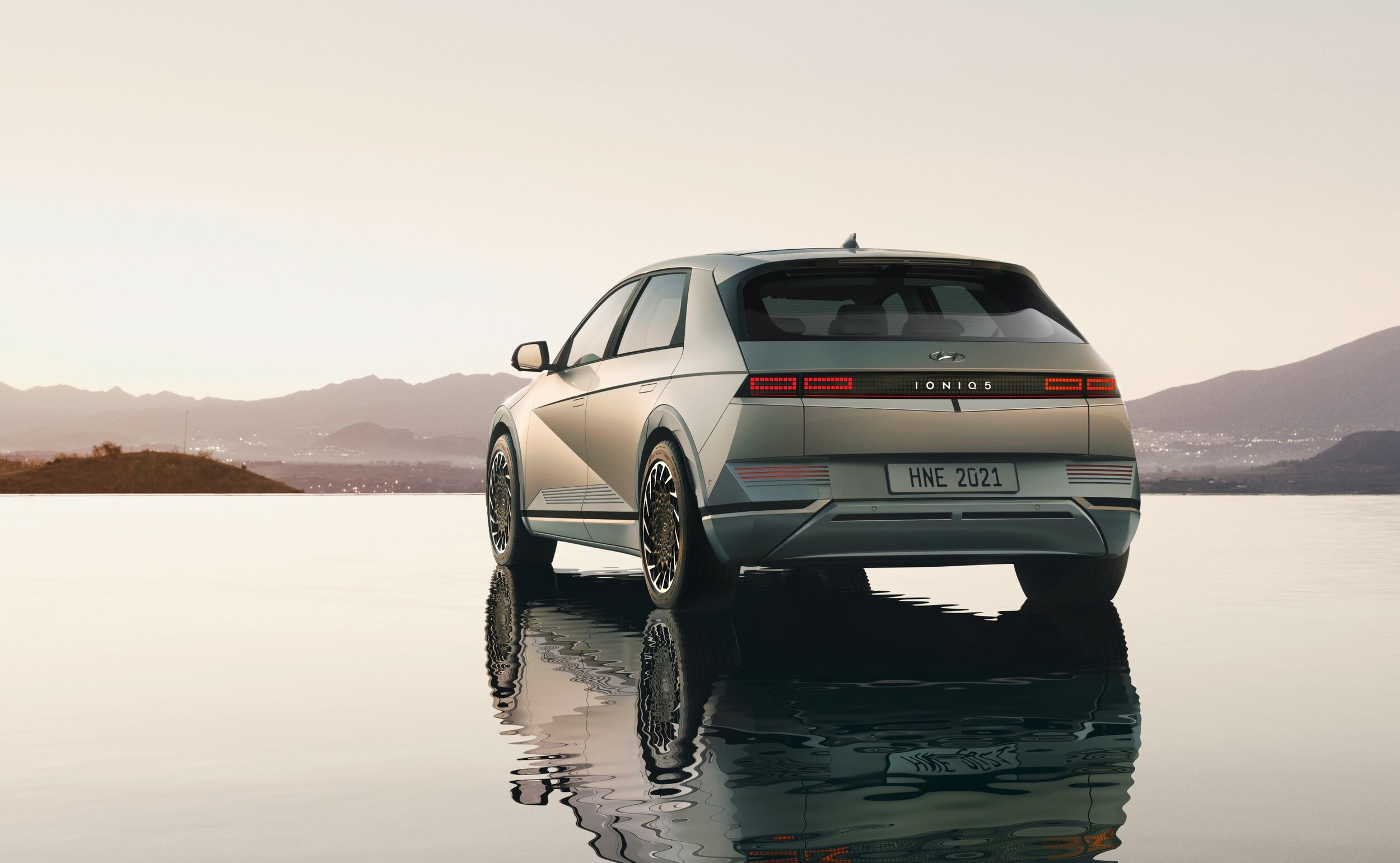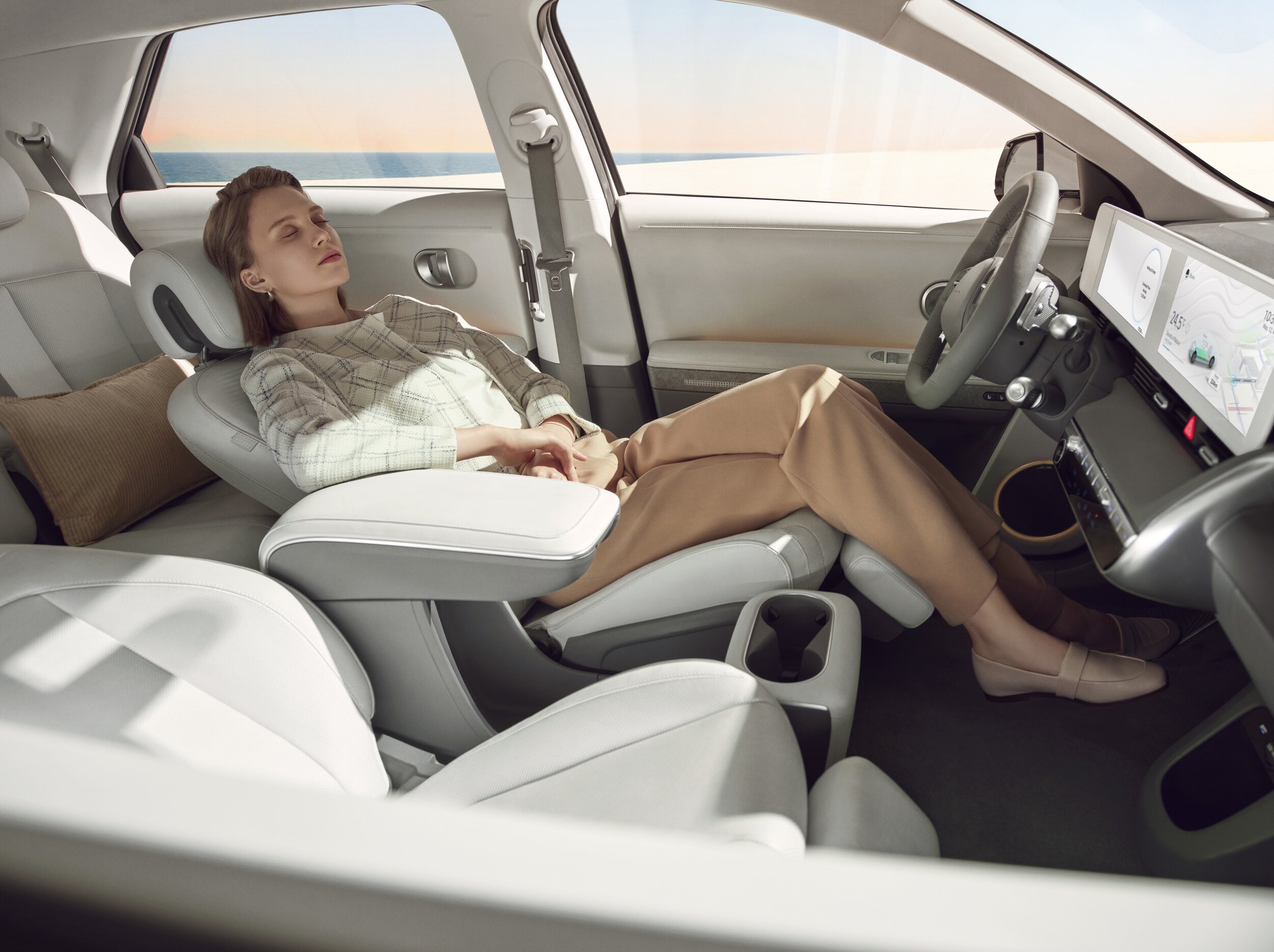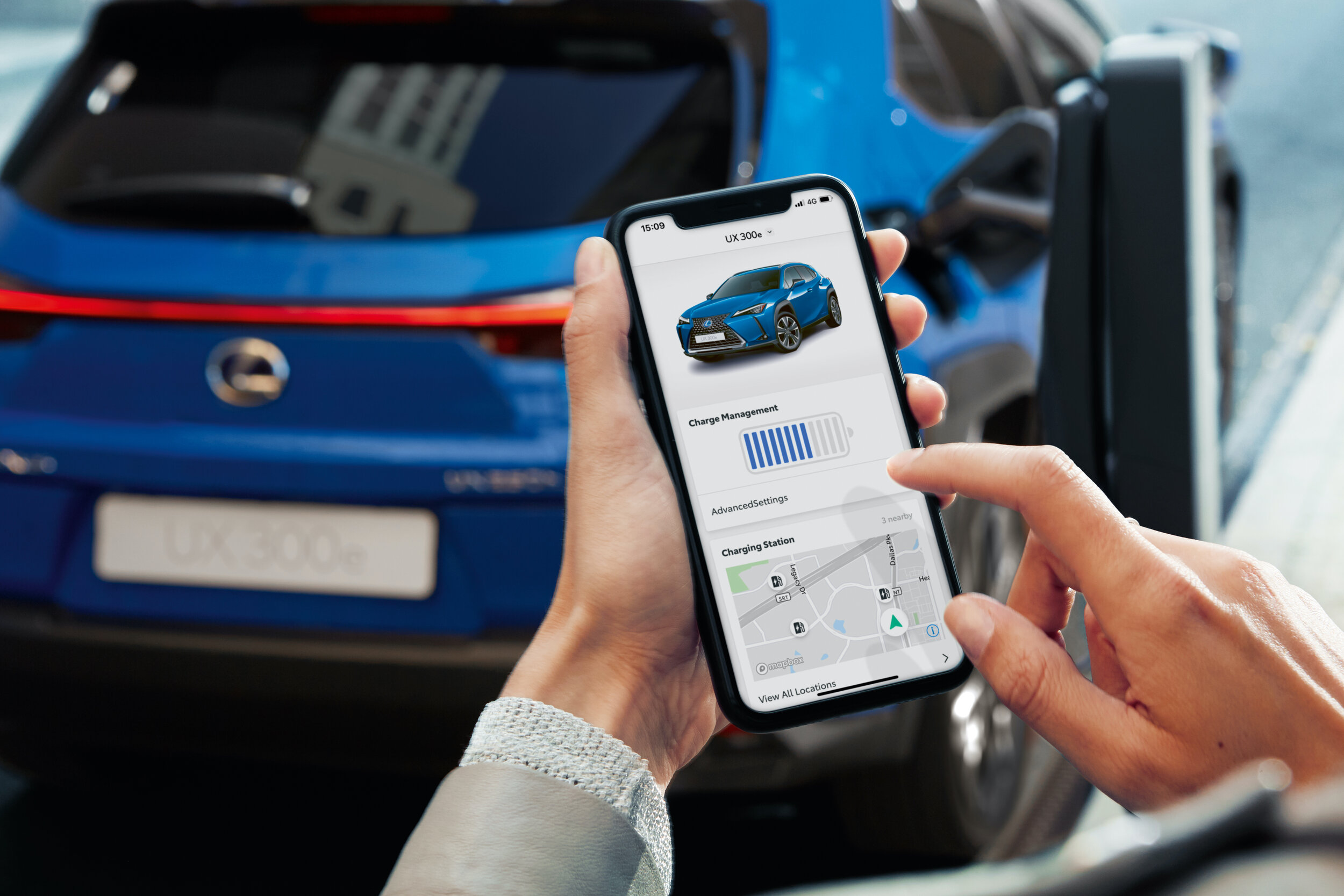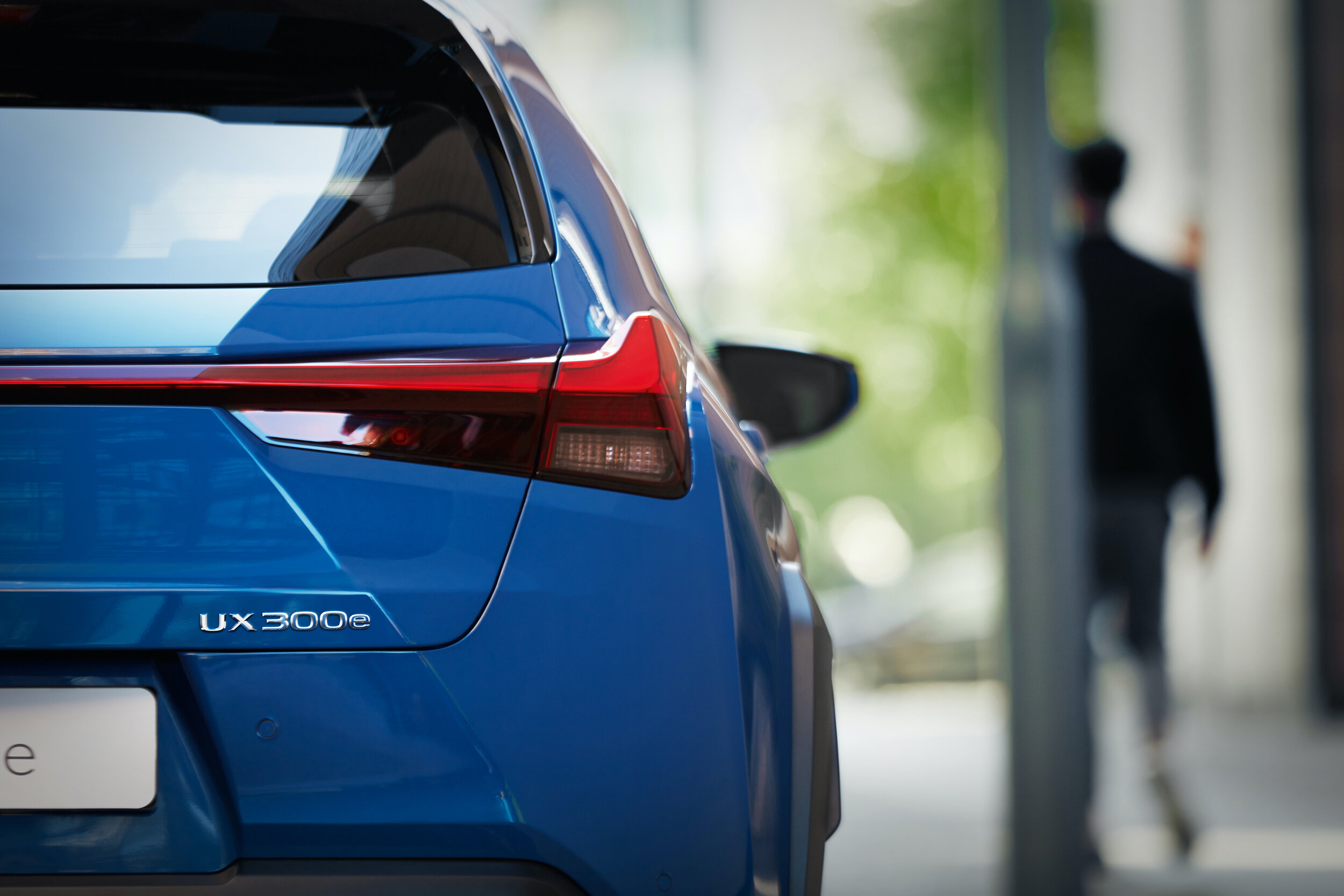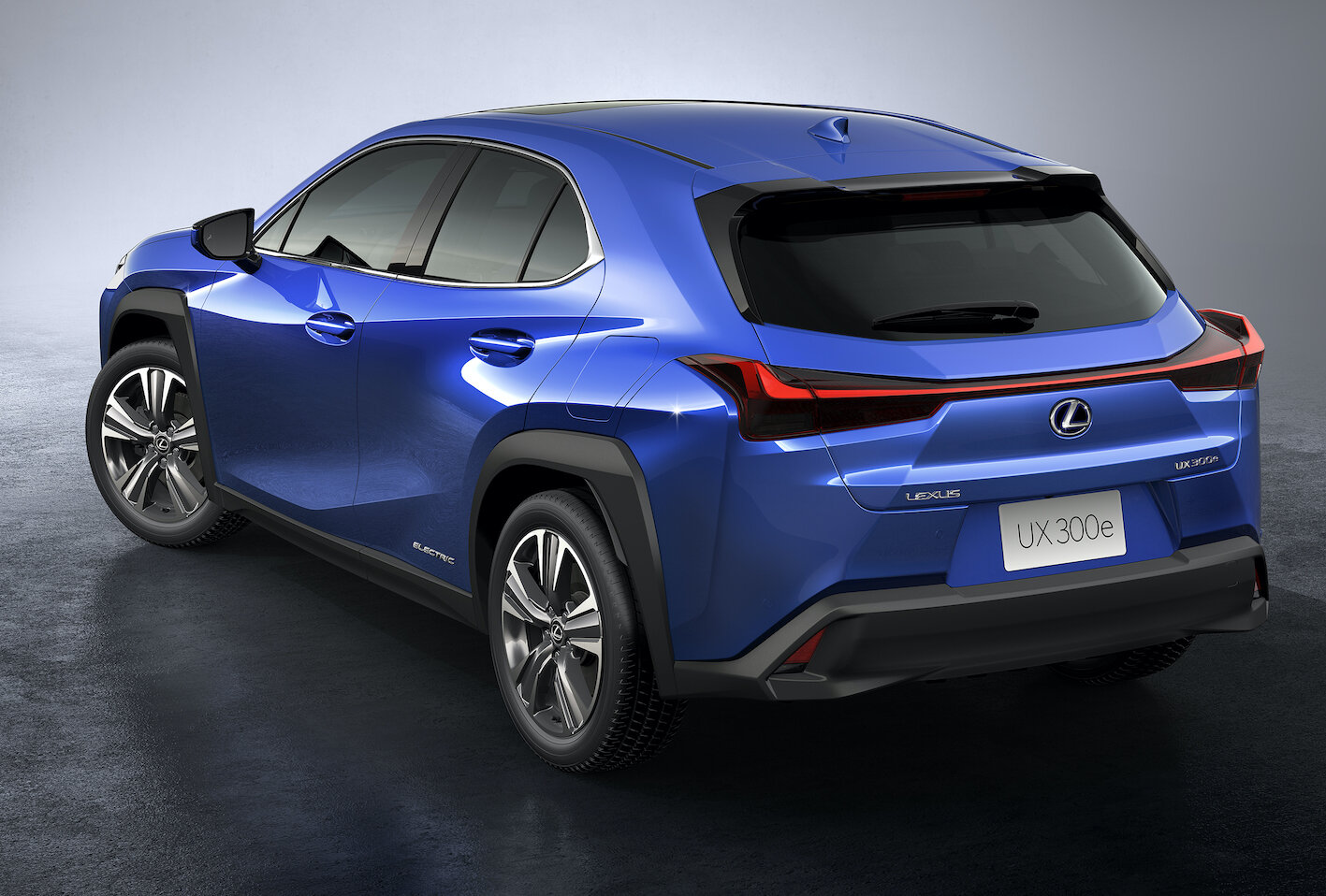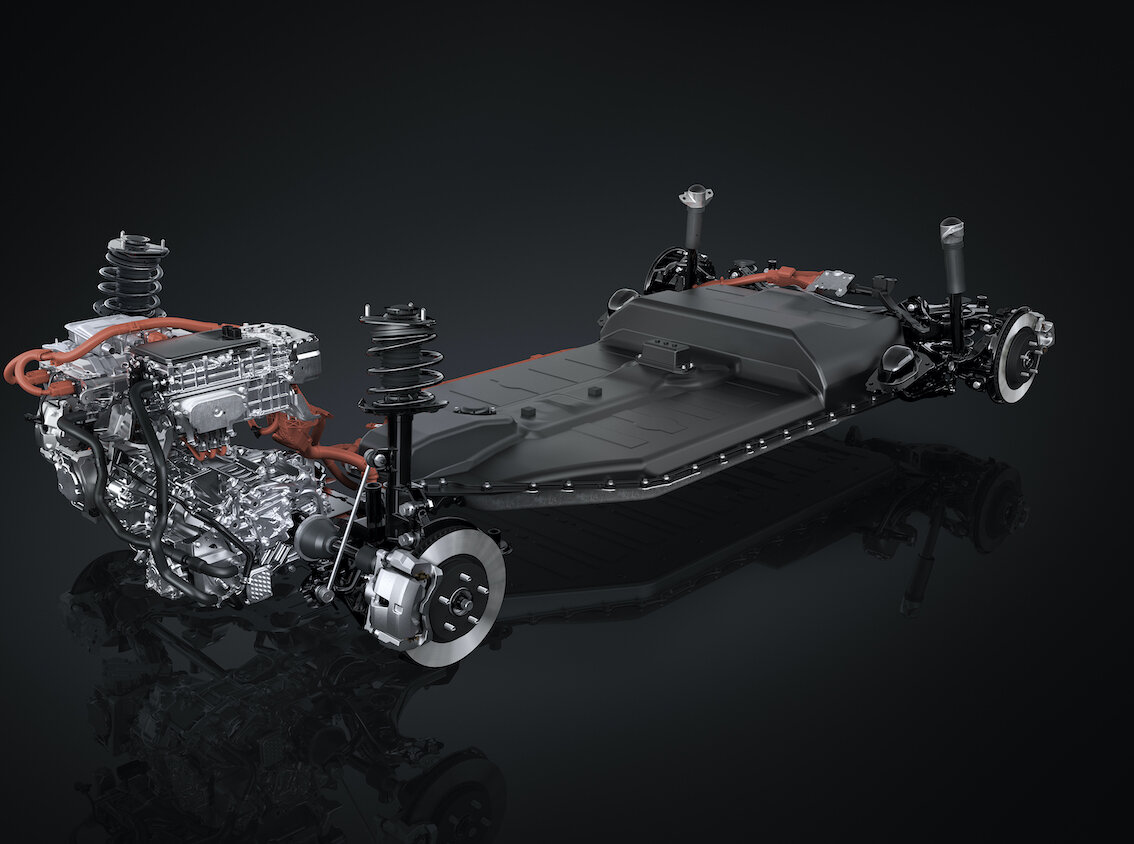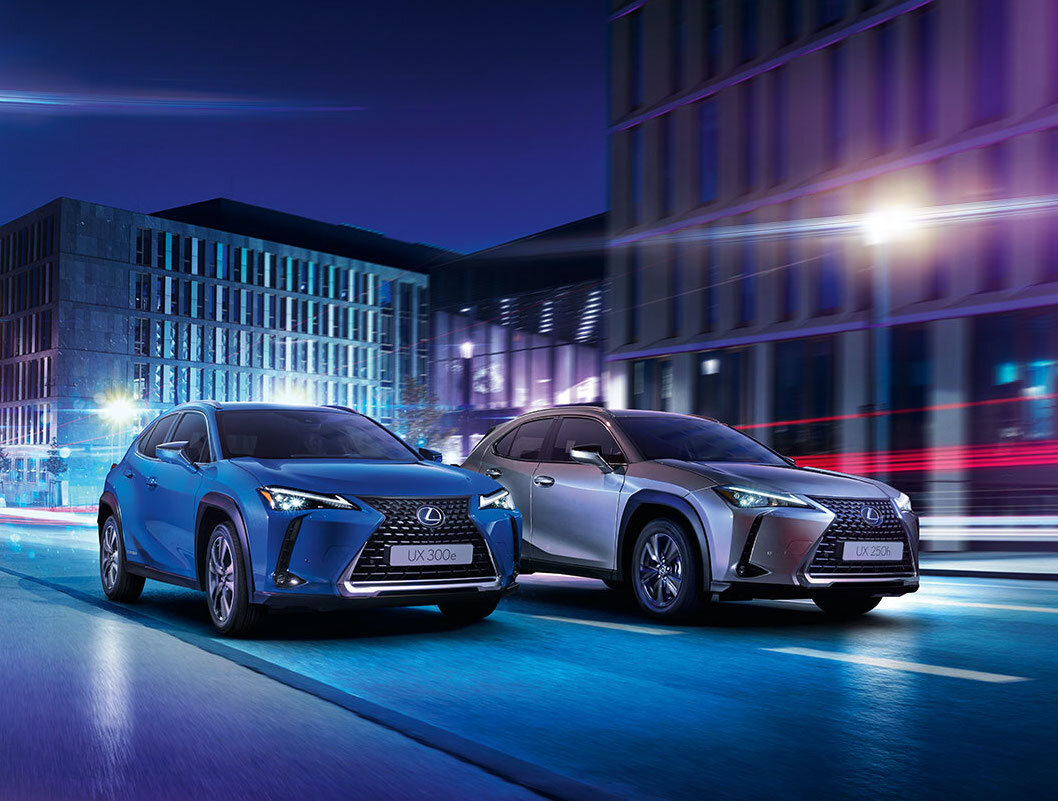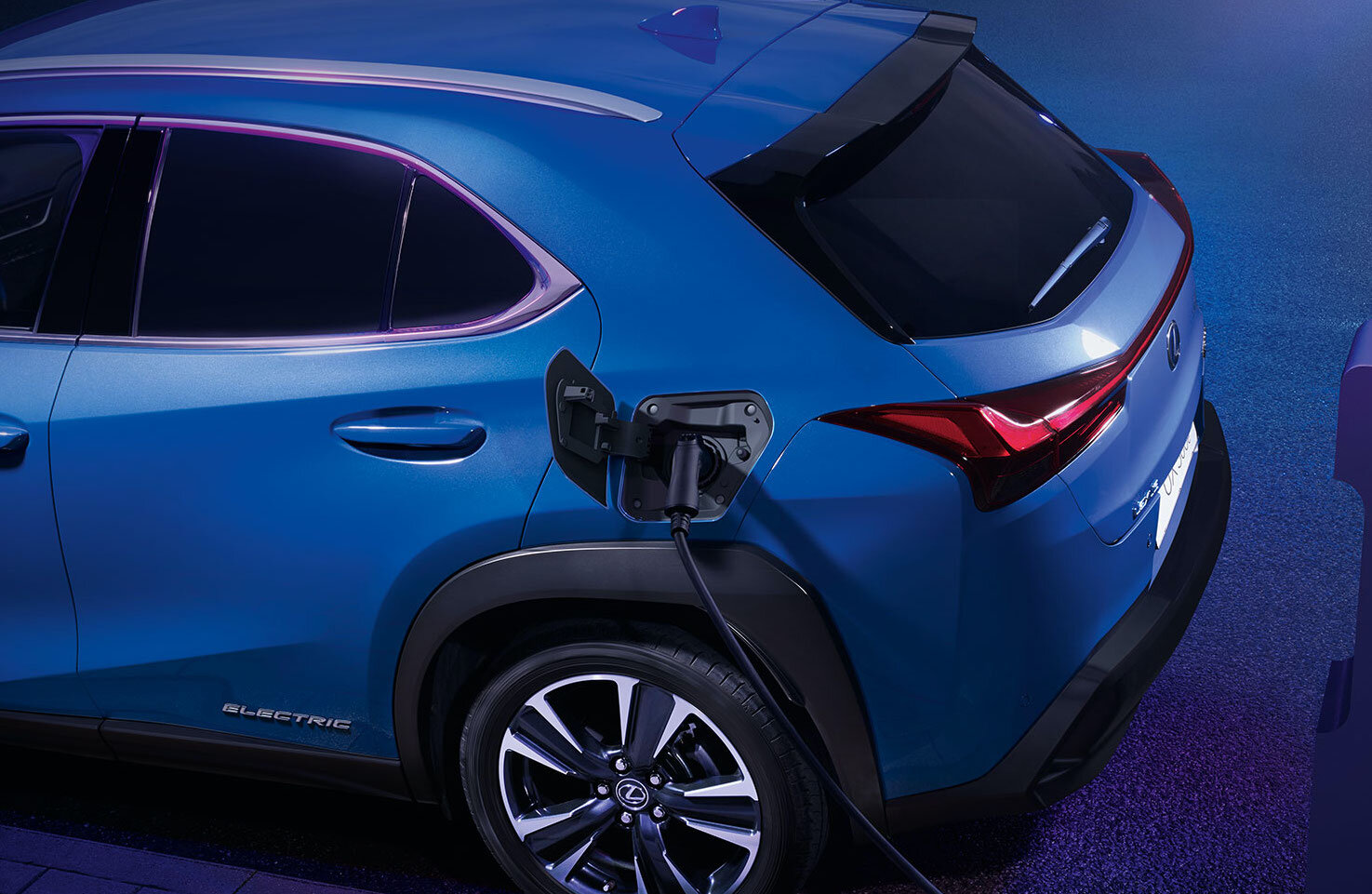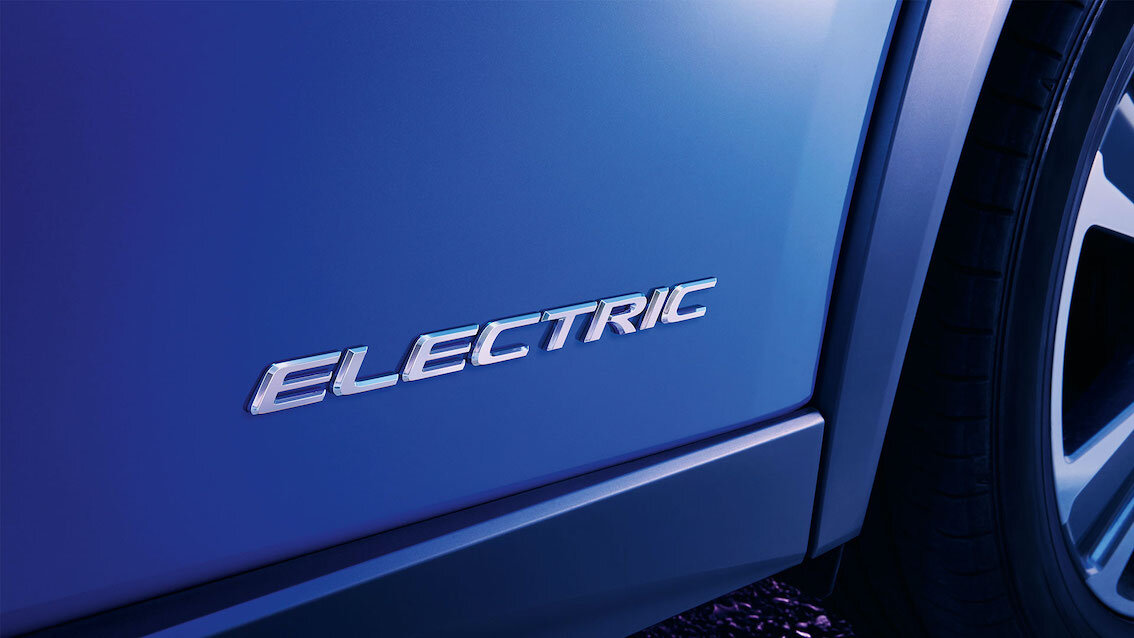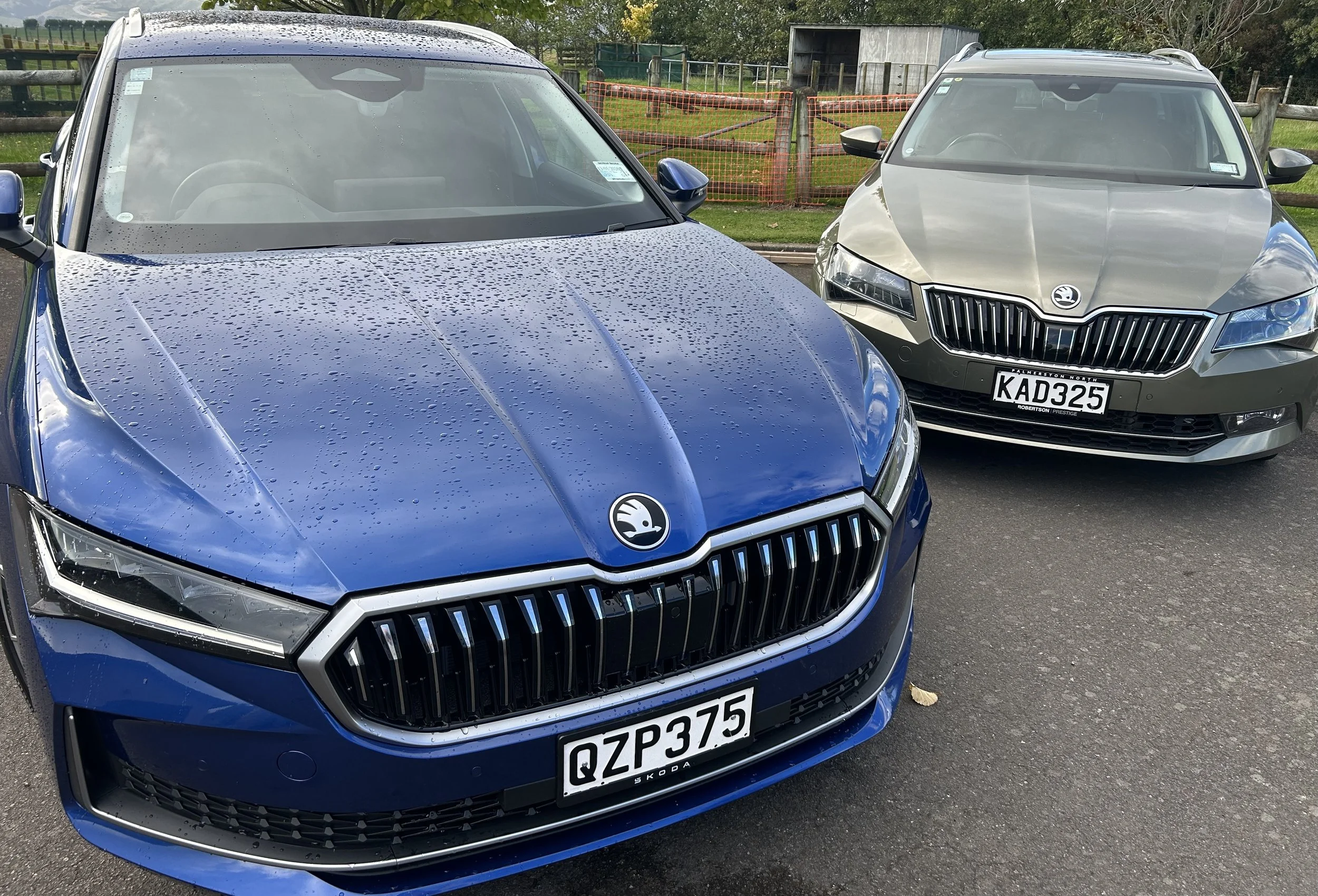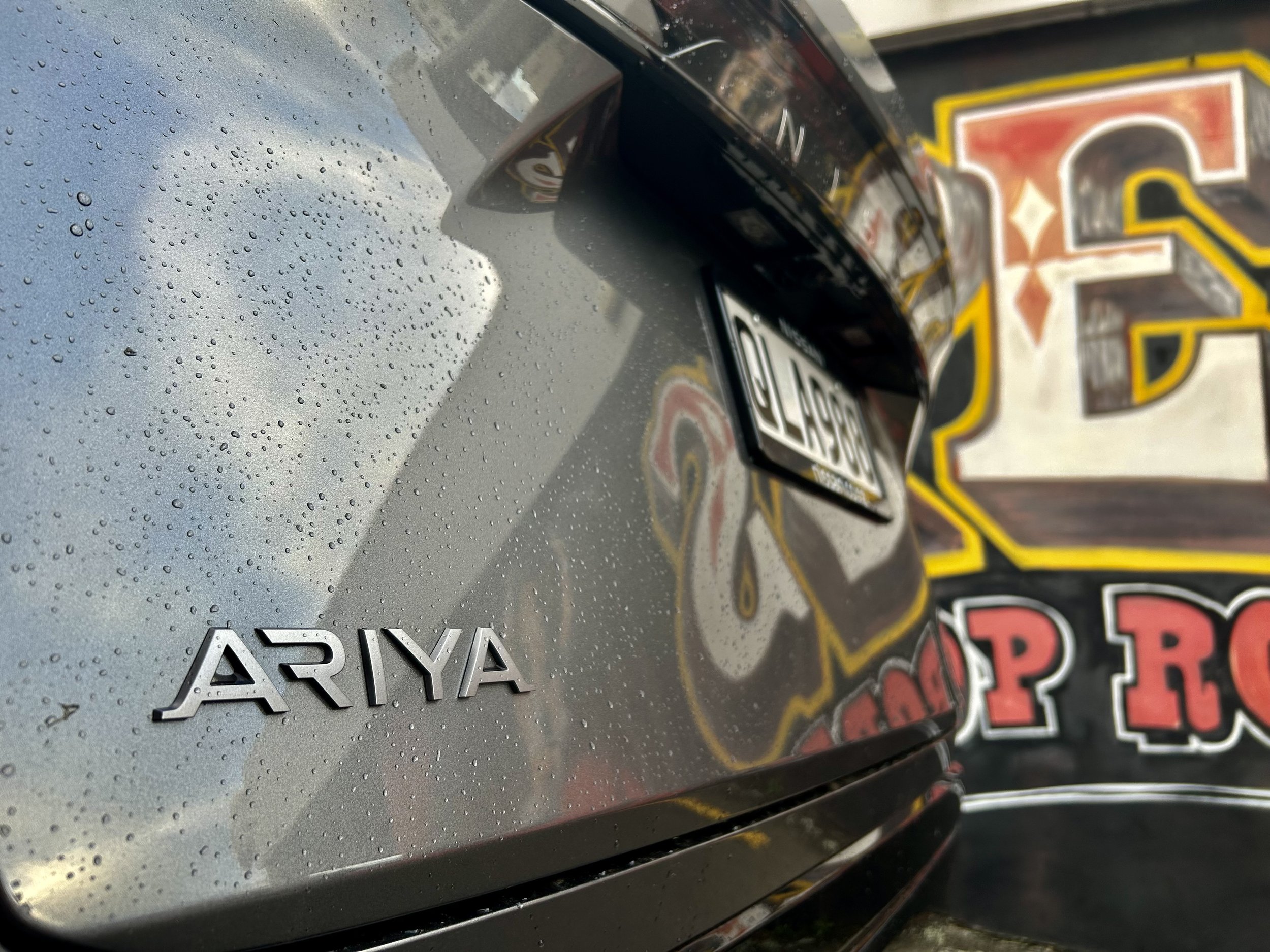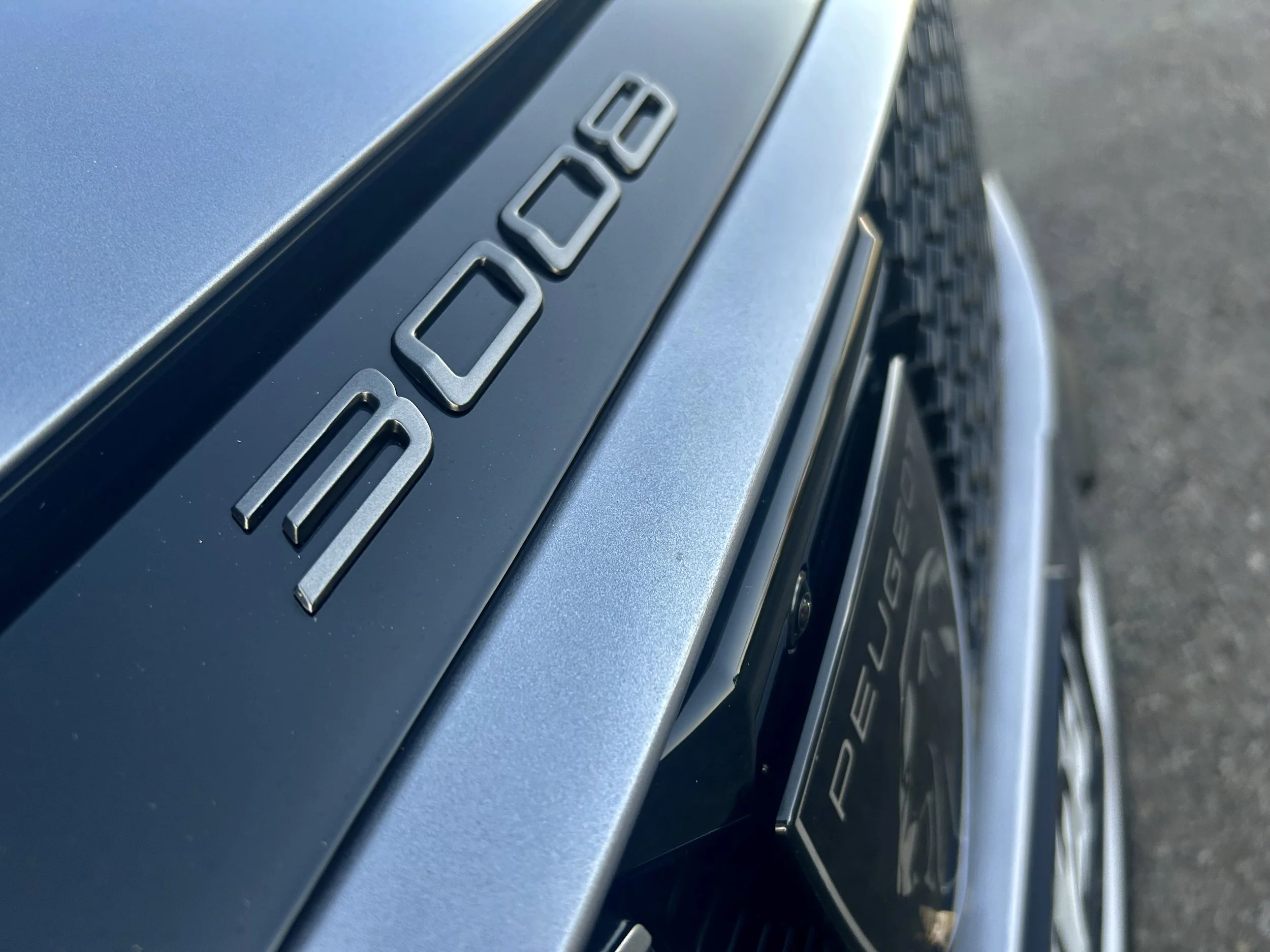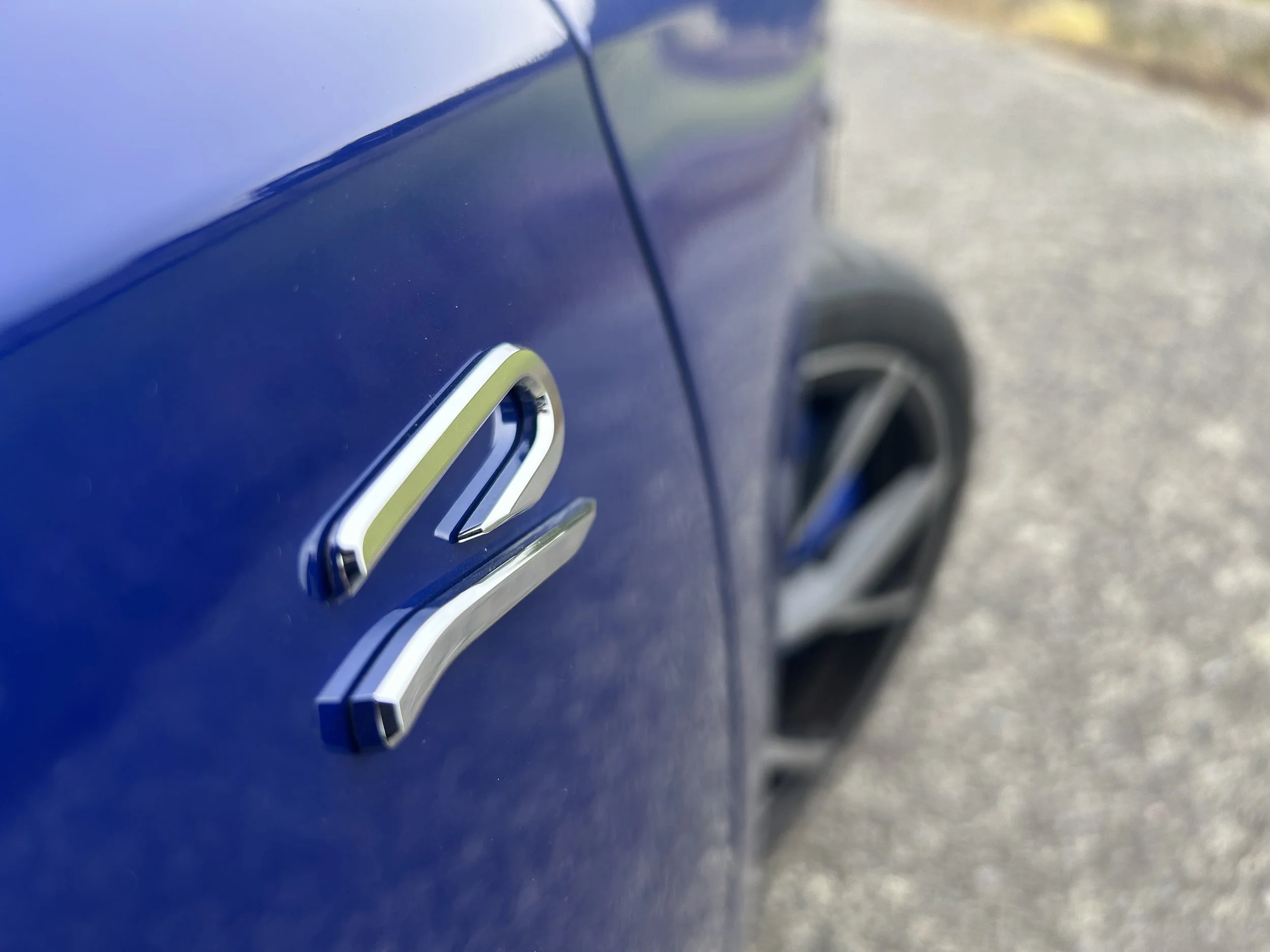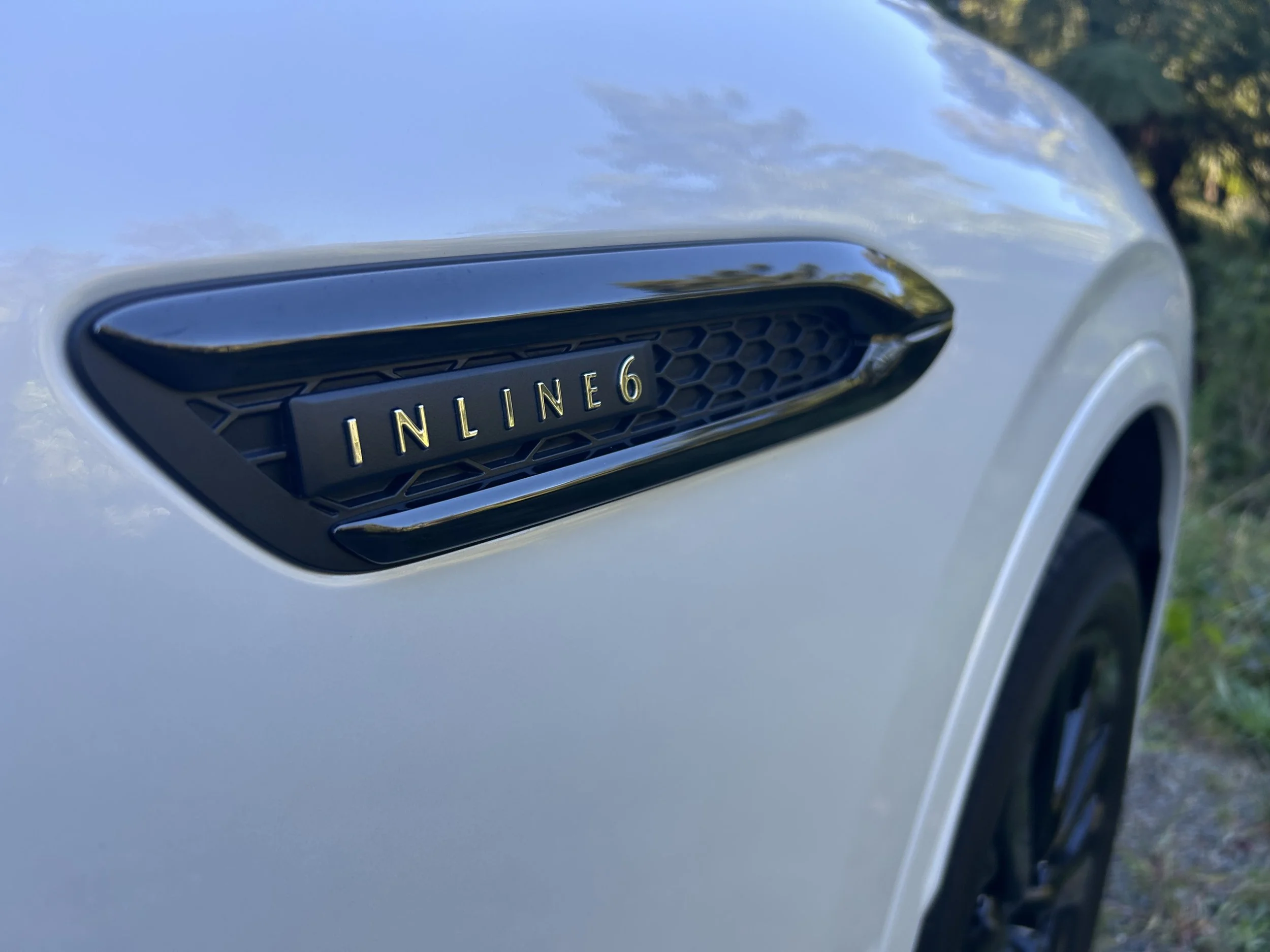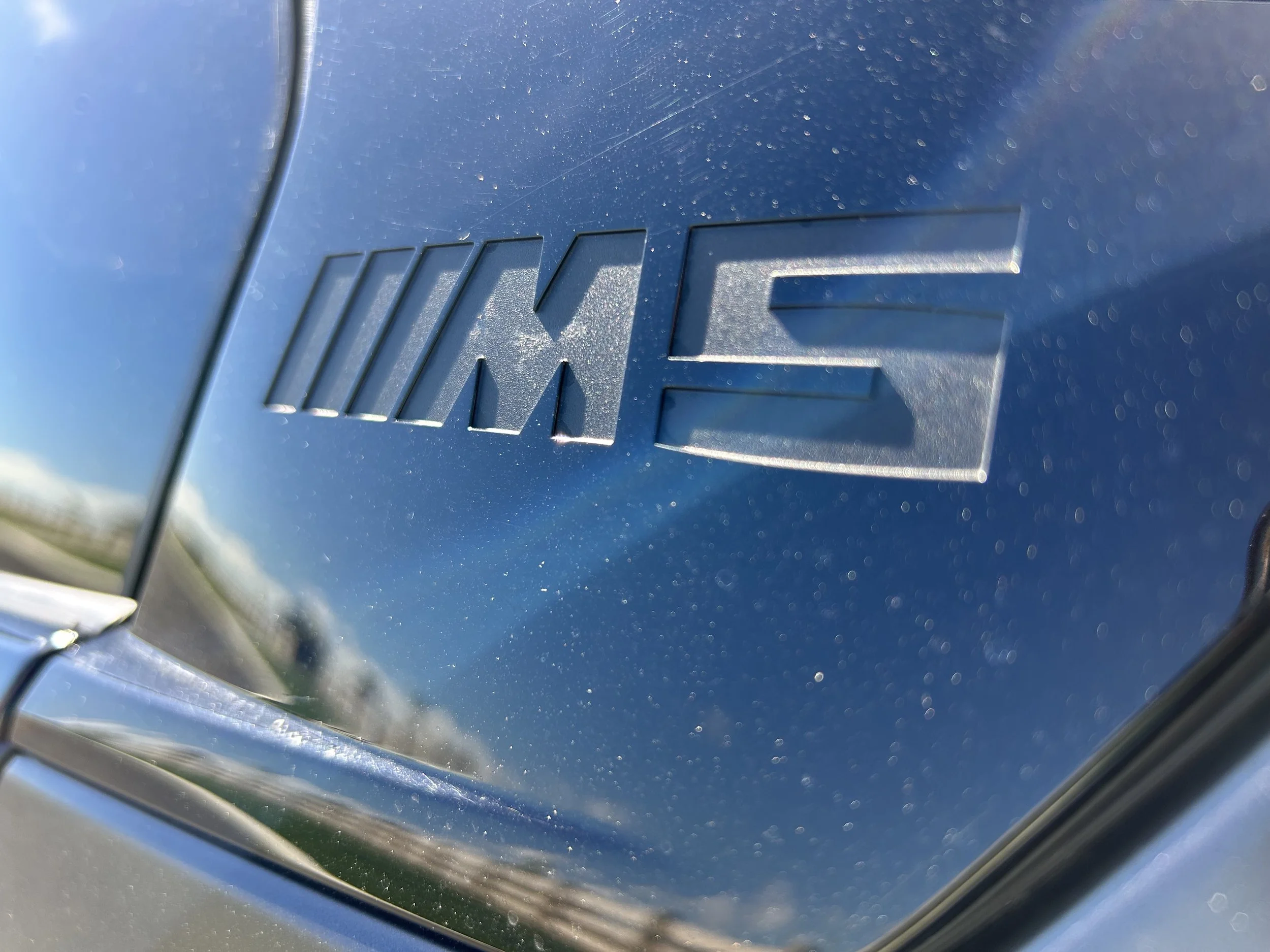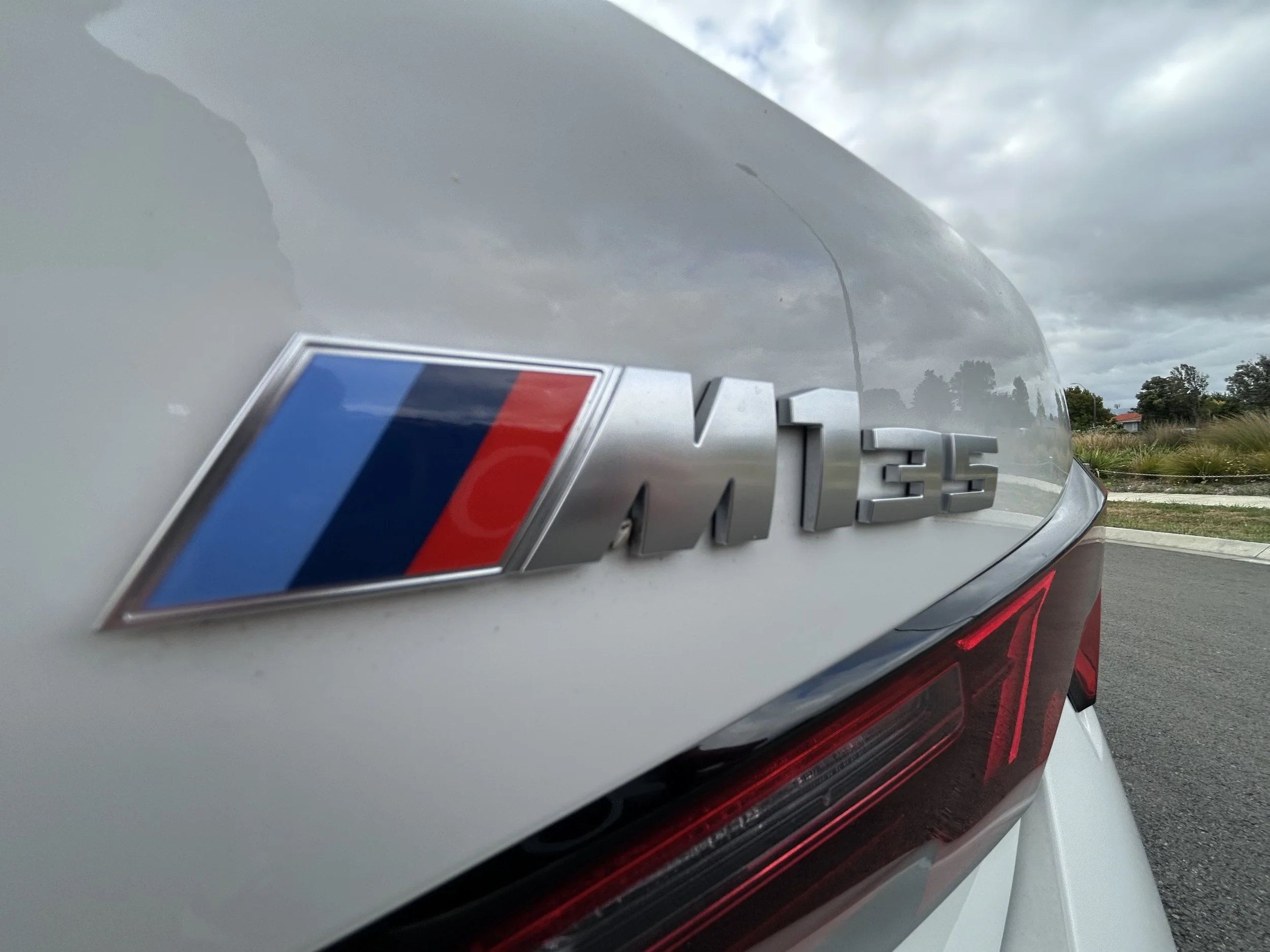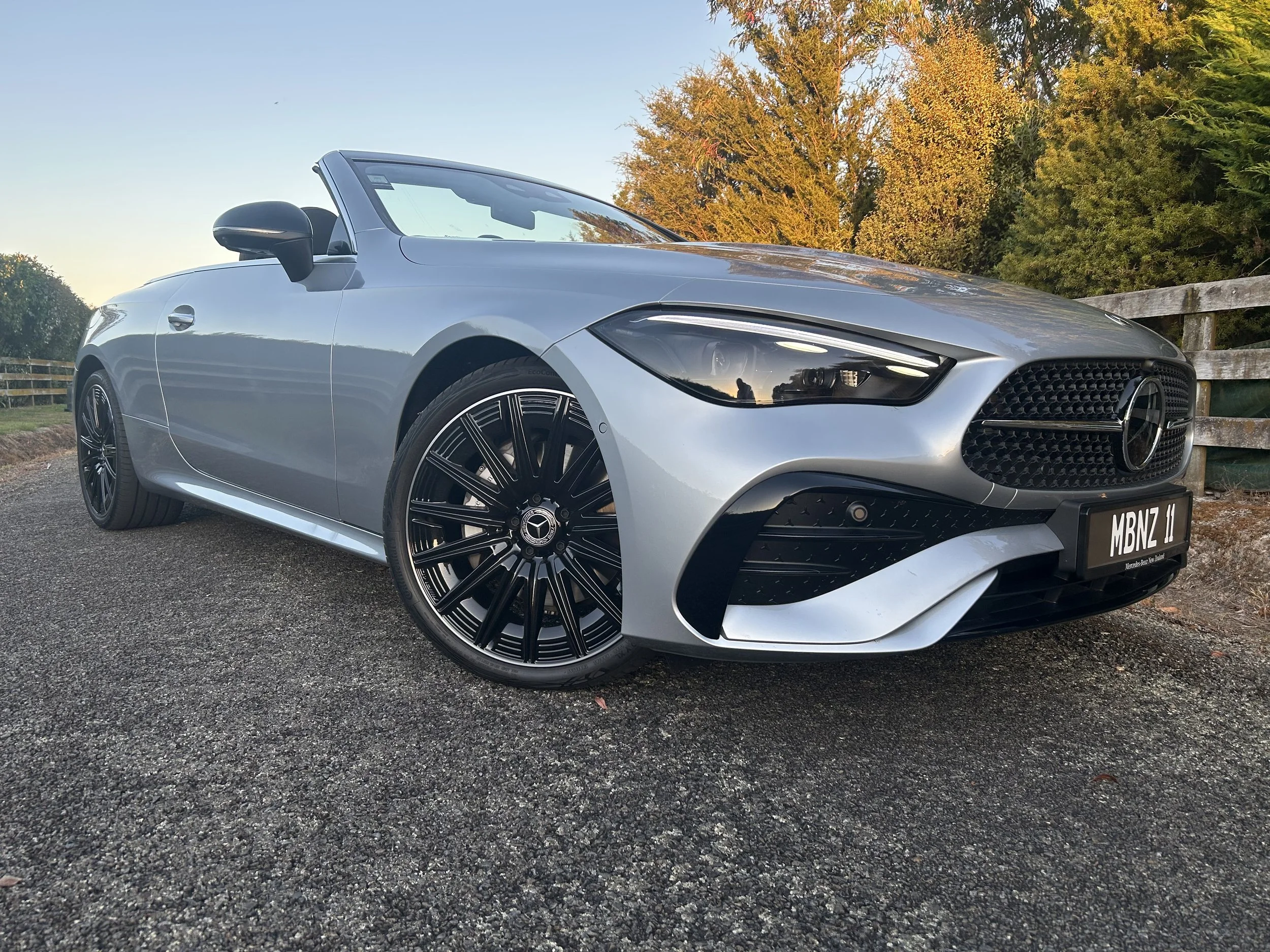EV production is ramping up and will continue to do so annually. Production of PHEVs is also increasing and it’s the same with hybrids. Yet overall, these do not account for a huge percentage of annual global vehicle manufacture. As much as Tesla is leading the way, it still only produced 500,000 vehicles last year. That didn’t even get it into the top 10 of global light car manufacturers.
Toyota and premium affiliate Lexus have hybrid in most of their models now; those brands have together put 15 million cars with this tech on the road since the original Prius emerged in 1997. The technology has reduced CO2 emissions by more than 120 million tonnes worldwide to date compared to sales of equivalent petrol vehicles. Great work, but hybrids still only account for 52 percent of total Toyota annual production.
The EU gave car makers 10 years’ prior warning of its expectation and, even so, that was barely enough time to develop and produce the right kind of cars. Remember, in 2011, electrics were still a novelty, there was barely any infrastructure to support them and range was poor. All that’s changed.
Europe is a core car market; because of that, and because of the CO2 penalties, it’s become a priority market for EV suppliers.
At present, most Euro EV action is contained to the premium market. The challenges are at the affordable end. Before Government’s intent was clarified, the Euro with potential to best shake up our mainstream EV choices, Volkswagen Group, was also putting us low on the shipping list.
At one time, the new-generation VW, Skoda, SEAT and Audi products on the electric-dedicated MEB platform were set to roll in from this year; now entry in late 2022 seems a best – and even that’s optimistic.
Says one involver whose brand sells fully electric and electric-assisted product. “It’s all about getting the right cars … at the moment, Europe is accounting for most (of his brand’s) production. Supply for us is not as good as we want; we take everything we can get – and can sell it – but we cannot get enough and that’s unlikely to change for years.”
FYI: The Climate Change Commission report proposing future trends reckons just 40 percent of our fleet will have electric assist by 2035.
Okay, so how will this scheme work?
ANSWER: Each supplier will have a different target to meet, reflecting its fleet of vehicles. Across the vehicles it brings in it has to ensure the average CO2 emissions are equal to, or less than, the target for its vehicles.
As it works by averaging, vehicles exceeding the CO2 target can continue to be brought in so long as they are offset by enough zero and low emission vehicles.
The 2025 target will be phased in through annual targets that get progressively lower. This gives vehicle suppliers time to adjust and source enough clean vehicles to meet the targets and to encourage buyers to opt for low emission vehicles.
These penalties – won’t they just be passed onto the consumer; meaning cars will get more expensive?
No-one’s offering any comment on this, though several people spoken to reminded that, at present, the average CO2 count is 65g/km above target. Translate that into initial penalty dollars and it represents as an average $3500 impost on stickers.
Will distributors have any support?
ANSWER: Waka Kotahi will develop an online tracking and forecasting tool to allow importers to see how their CO2 accounts would be affected if they purchase particular vehicles in international auctions. It would also help importers complying on a fleet-basis by easily allowing them to monitor how their actual average fleet CO2 emissions are tracking, against their fleet targets.
Flexibility will be given for the industry by allowing them to bank, borrow and transfer. Banking will allow suppliers to carry over any overachievement of their CO2 targets to offset the following three years.
Borrowing allows suppliers to miss their targets for one year as long as they make it up the following year.
Transferring allows suppliers to transfer overachievement of their CO2 target to one or more other suppliers operating within the same compliance regime.
That’s all well and good, says one commentator, but he remains convinced that the best incentive is … well, incentives.
That’s been proven time again overseas. More than 30 countries have EV incentives and these commonly take form of comprehensive electrification strategies, not just handouts.
“Our products are popular, but they aren’t the most popular vehicles we sell. We always ask ‘will customers automatically want to buy them’. You have to pay more for electric, that’s just an unavoidable. Some people are keen, not everyone is. The economies (of widespread acceptance) won’t work without support.”
How easy will it be for all distributors to meet the new standard – might we see some brands or vehicles, even vehicle types, simply disappear?
The Government does not address this but some in the industry would not be surprised if this scenario plays out.




